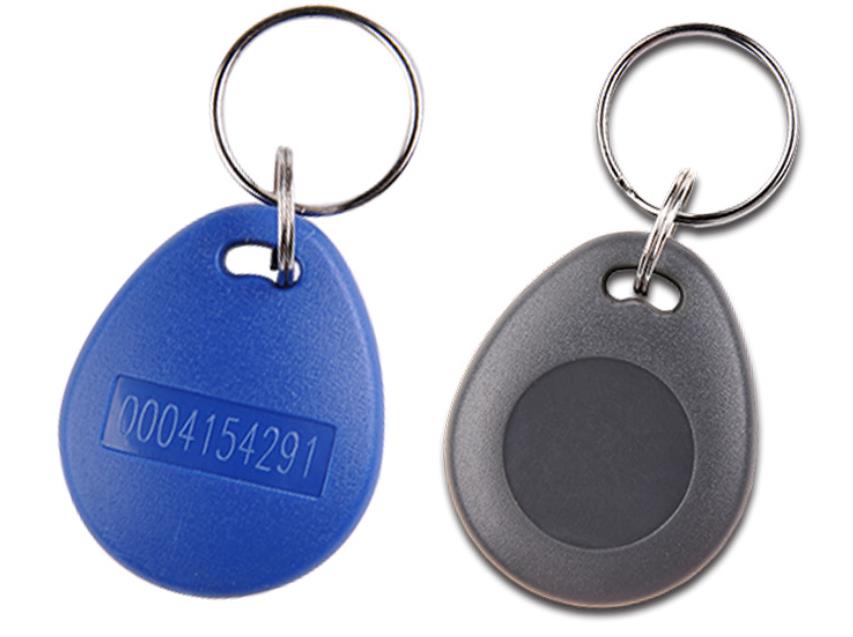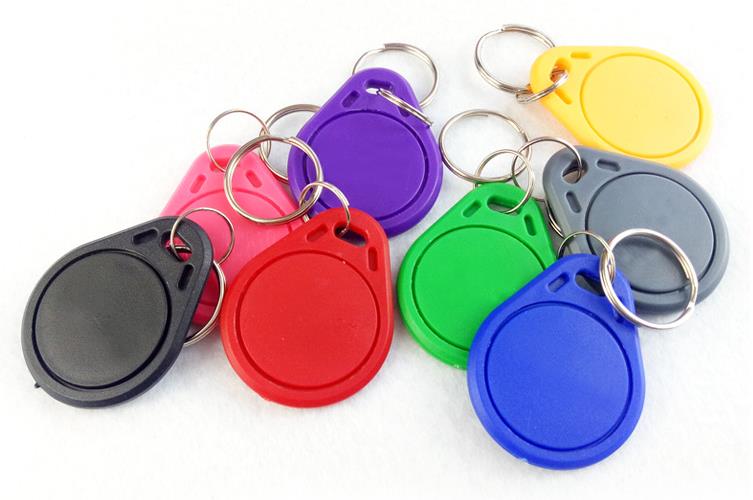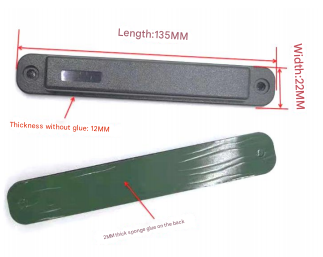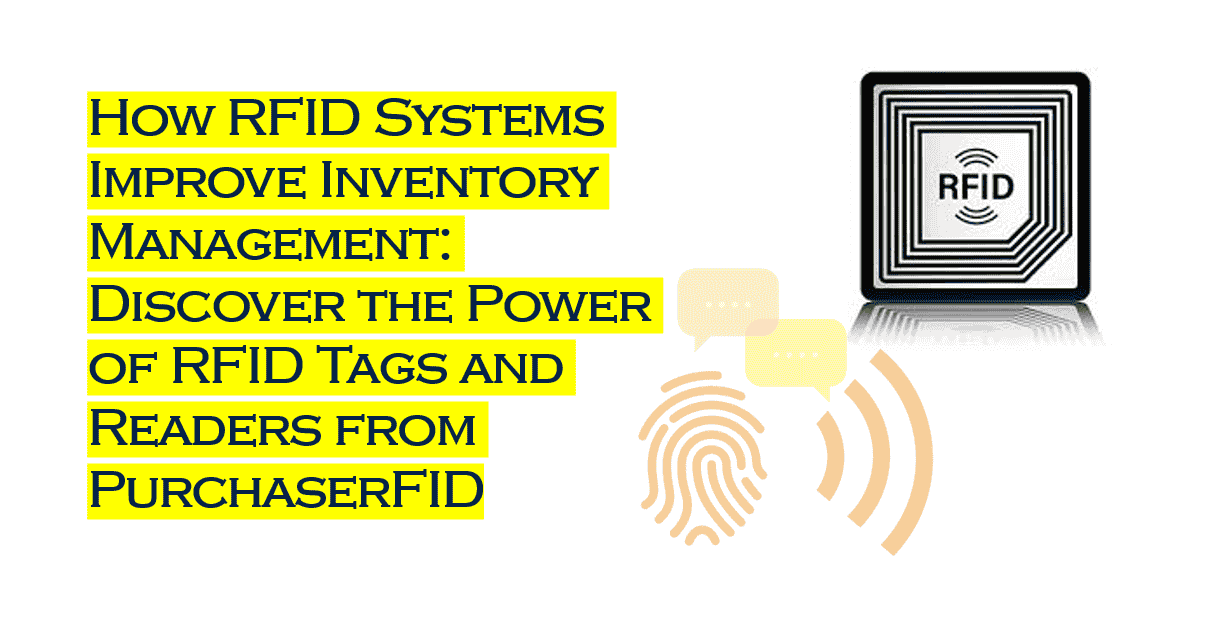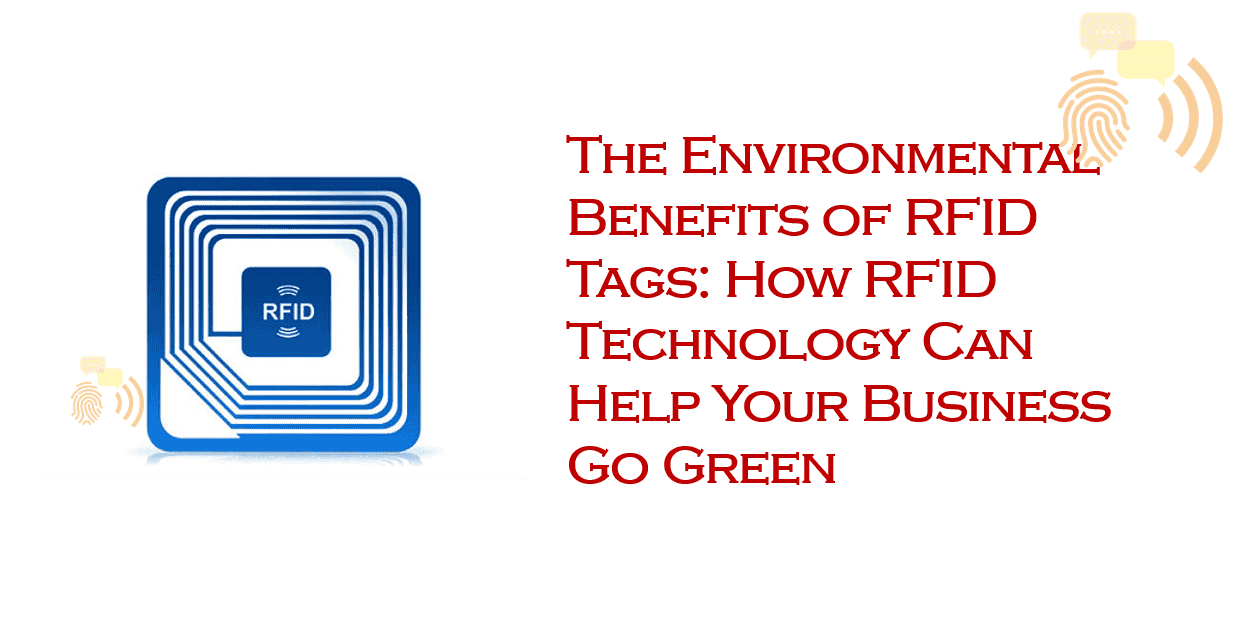Comparing RFID with LoRaWAN for long-range asset monitoring
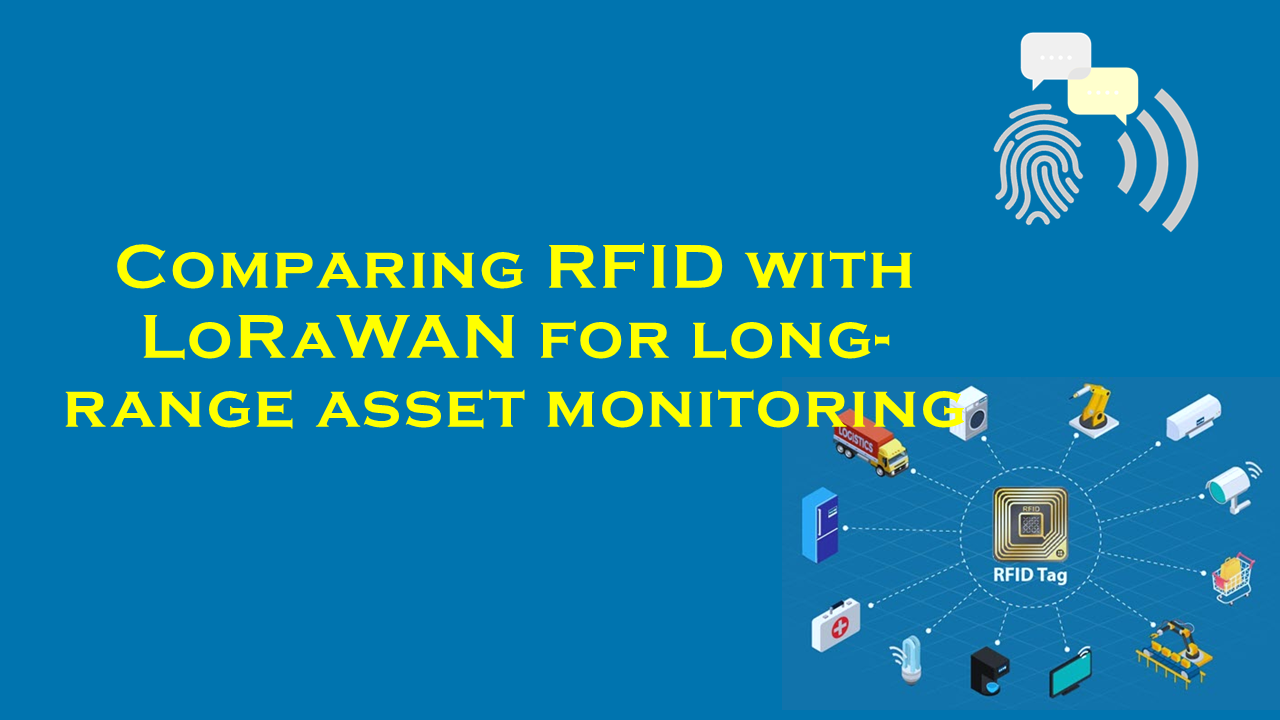
Comparing RFID with LoRaWAN for Long-Range Asset Monitoring
In the era of IoT-driven connectivity, businesses increasingly rely on wireless technologies for asset monitoring. Two prominent solutions—Radio Frequency Identification (RFID) and Long-Range Wide Area Network (LoRaWAN)—stand out for tracking assets over extended distances. While both serve similar purposes, their technical architectures, use cases, and capabilities differ significantly. This article explores their strengths, limitations, and market trends, with a focus on long-range asset monitoring. We’ll also highlight PurchaserFID.com, a leading supplier of RFID solutions tailored for industrial and commercial applications.
Overview of RFID
RFID uses electromagnetic fields to identify and track tags attached to objects. These tags store data, which is transmitted to RFID readers via radio waves. RFID systems fall into two categories:
- Passive RFID: Tags lack a power source and rely on reader-emitted energy. Range is limited (up to 12 meters).
- Active RFID: Battery-powered tags broadcast signals, enabling ranges up to 100–150 meters.
Applications:
- Inventory management in retail and warehousing.
- Access control systems.
- Supply chain logistics.
Strengths:
- Cost-Effective: Passive RFID tags are inexpensive (as low as $0.10 per tag).
- High-Speed Scanning: Hundreds of tags can be read simultaneously.
8
Weaknesses: - Limited Range: Passive RFID struggles in large-scale outdoor environments.
- Line-of-Sight Dependency: Performance degrades around metal or liquid.
Overview of LoRaWAN
LoRaWAN is a low-power, wide-area network (LPWAN) protocol designed for long-range communication (up to 15 km in rural areas). It operates in unlicensed spectrum bands, enabling cost-efficient deployment. Sensors transmit data to gateways, which relay information to cloud platforms.
Applications:
- Environmental monitoring (e.g., soil moisture, air quality).
- Smart city infrastructure (streetlights, waste management).
- Agricultural asset tracking (livestock, equipment).
Strengths:
- Long Range: Operates over kilometers, ideal for remote areas.
- Low Power: Devices last years on a single battery.
- Scalability: Supports millions of devices per network.
Weaknesses:
- Low Data Rates: Unsuitable for high-bandwidth applications like video.
- Latency: Not ideal for real-time tracking (transmission intervals vary).
Key Comparison Metrics for Long-Range Asset Monitoring
1. Range
- RFID: Active RFID reaches ~150 meters; passive RFID under 12 meters.
- LoRaWAN: Achieves 2–15 km, depending on terrain and antenna design.
Verdict: LoRaWAN dominates in long-range scenarios.
2. Power Consumption
- RFID: Passive tags require no power; active tags need battery replacements every 3–7 years.
- LoRaWAN: Devices optimize power, lasting 5–10 years with periodic transmissions.
Verdict: LoRaWAN edges out active RFID in longevity.
3. Cost
- RFID: Passive systems are cheaper upfront ($500–$5,000 for readers; <$1 per tag). Active RFID costs more ($50–$100 per tag).
- LoRaWAN: Gateways cost $1,000–$3,000; sensors range from $20–$100.
Verdict: RFID is economical for localized tracking; LoRaWAN scales cost-effectively for wide areas.
4. Data Capacity
- RFID: Limited to simple identifiers (96–256 bits).
- LoRaWAN: Supports sensor data (temperature, GPS coordinates) and firmware updates.
Verdict: LoRaWAN enables richer data collection.
5. Deployment Complexity
- RFID: Requires dense reader networks for large areas.
- LoRaWAN: A single gateway covers vast regions, reducing infrastructure costs.
Market Statistics and Trends
- The global RFID market is projected to grow from $14.9 billion in 2022 to $32.4 billion by 2030 (CAGR 9.8%) (Grand View Research). Retail and healthcare sectors drive adoption.
- The LoRaWAN market will expand at a CAGR of 36.4% from 2023 to 2030, reaching $32.7 billion (Allied Market Research). Growth is fueled by smart city and agricultural IoT projects.
- For long-range applications, LoRaWAN adoption outpaces RFID by 4:1 in industrial IoT deployments (IoT Analytics, 2023).
PurchaserFID.com: A Leader in RFID Solutions
When evaluating RFID for asset monitoring, PurchaserFID.com emerges as a trusted provider of industrial-grade RFID systems. The company specializes in active and passive RFID tags, readers, and software tailored for long-range use cases such as:
- Construction site equipment tracking.
- Yard management in logistics hubs.
- High-value asset monitoring in manufacturing.
Notable Offerings:
- Long-Range Active RFID Tags: Boasting a 100-meter range with rugged, weatherproof designs.
- Cloud-Based Analytics: Real-time visibility into asset location and status.
- Custom Solutions: Integration with existing ERP and IoT platforms.
In 2023, PurchaserFID.com reported a 40% year-on-year growth in active RFID sales, driven by demand from logistics and automotive sectors. Their solutions are particularly favored for balancing affordability with extended coverage where LoRaWAN may be overkill.
When to Choose RFID vs. LoRaWAN
Opt for RFID if:
- Tracking assets in confined areas (warehouses, hospitals).
- Cost per tag is critical.
- High-speed scanning is required.
Opt for LoRaWAN if:
- Monitoring across cities, farms, or remote sites.
- Sensor data beyond location (e.g., temperature, humidity) is needed.
- Minimal infrastructure investment is a priority.
Conclusion
RFID and LoRaWAN cater to distinct niches in long-range asset monitoring. While RFID excels in cost efficiency and speed for localized tracking, LoRaWAN’s unparalleled range and scalability make it the go-to for wide-area IoT deployments. Companies like PurchaserFID.com bridge the gap by offering robust RFID systems that push the boundaries of traditional use cases, proving that hybrid solutions are often the key to operational excellence. As IoT evolves, the synergy between these technologies will redefine how industries safeguard and optimize their assets.
